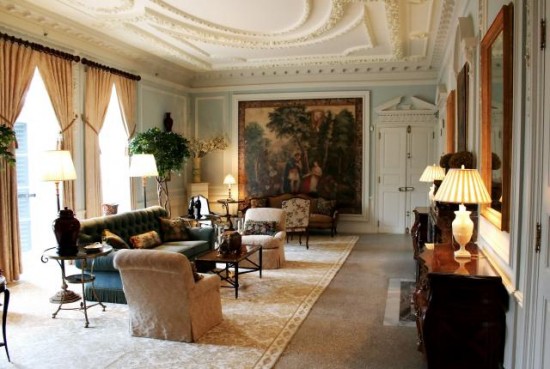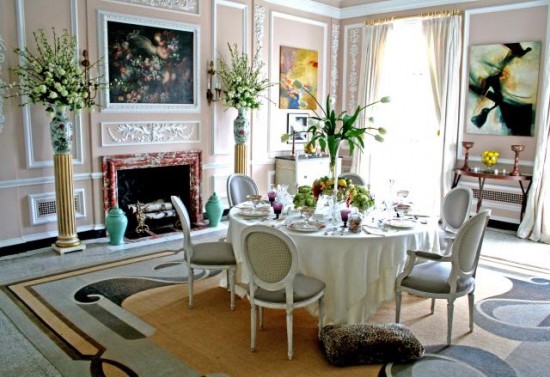Recent Posts
Classic Interior Design Principles Outlined
Posted by on
Human nature, architectural proportions, and bodily comforts. These ideas for interior design are as relevant today as they were 100 years ago when Edith Wharton set the standard for interior design in her brilliant book The Decoration of Homes.
This Bible of home décor featured the idea that interior decoration is NOT merely about surface “arrangement.” Instead, Wharton and Codman observed that interiors and architectural structure are completely integrated.
It isn’t often that one can literally walk into the embodiment of an iconic book. That is precisely the case, however, with “The Mount,” Wharton’s residence in the Berkshires which was built and decorated according to the dictates of this book.
In fact, contemporary designers, such as Charlotte Moss, put this tome to work within The Mount’s walls for the Drawing Room while Michael Simon has been tabbed to recreate Edith Wharton’s bedroom suite.

Drawing Room, designed by Charlotte Moss. Photograph by David Dashiell © Edith Wharton Restorations, Inc.
The Decoration of Homes was part of a movement sweeping Victorian furniture “clutter” out of American interiors. Wharton and architect co-author Codman favored thoughtful and complex processes of design rooted in the same principles as architecture. So much so that they claimed that “interior decoration should be considered a branch of architecture,” and “the interior of a house is as much part of its organic structure as the outside.”
Even the book’s table of contents reflects this new philosophy. Beginning with the most general and proceeding to the tiniest particular, the authors sketched a genesis of architectural history, and then tackled their subject geographically– treating every element of a building as though it were a country to be learned like on a Grand Tour–proceeding through “rooms in general” before making concluding remarks.
All was to be considered: walls, doors, windows, fireplaces, ceilings and floors; entrance and vestibule; hall and stairs; the drawing room, boudoir and morning room; gala rooms: the ball-room, saloon, music-room, gallery; the library, smoking room, and “den;” the dining-room; bedrooms; the school-room and nurseries; and even the bric-à-brac! To further punctuate the seriousness of the endeavor, Wharton and Codman included both an extensive index and a bibliography going back to the year 1607.
The authors would have been the first to admit that their advocacy for unifying principles of architecture and decoration in order to create a beautiful, and altogether human environment, was a re-statement of others who had reached similar conclusions. Just over one century before, Tomas Chippendale and Robert Adam had worked together uniting principles of architecture and furnishing designs which characterized the Rococo era.

he Mount Dining Room photographed by David Dashiell, © Edith Wharton Restorations, Inc.
Indeed, many 18th century furniture designs are based upon classical architectural proportions, and both Thomas Sheraton and George Hepplewhite also employed this design vocabulary. All architects and designers depended upon antique building principles—it was a part of their most essential technical education.
The idea of using the same principles for both architecture and interior furnishing would be expressed again. Both the Arts and Crafts movement and international Modernism made similar demands for a unity of vision, and the end of fussiness associated with the mid-nineteenth century design.
Nonetheless, one must give Edith Wharton her due as the author The Decoration of Homes, as the first definitive book written in English meant specifically as an aid to interior design. In fact, such complete expression of architectural vision and control over it, was very unusual for women, even among great female art patrons.
Today, the expression of that vision, The Mount, is undergoing renovation and restoration to its glory as it was conceived and lived in by Edith Wharton, and to act as an educational and cultural center.
Note:
This entry marks the first appearance of a Laurel Crown blog featuring important and useful books that apply to today’s world. Tasteful living is easier to achieve with some knowledge of the history of furniture and interior design. Original texts can be found via reprinted editions of old and important publications.









